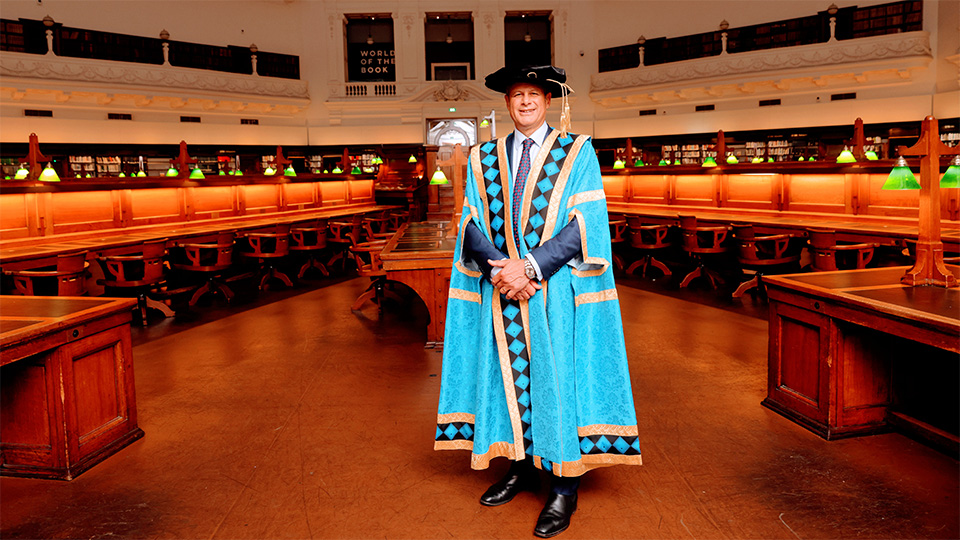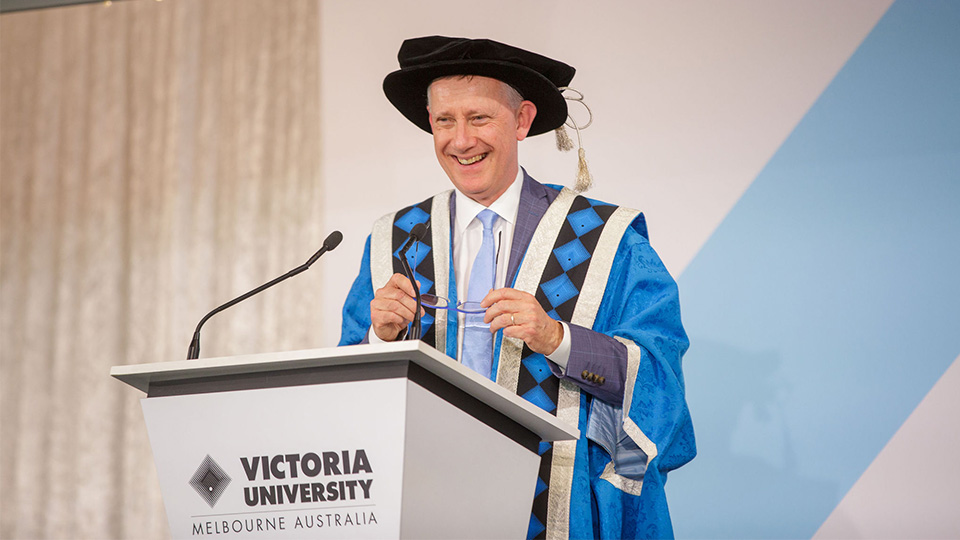Regalia
Graduation gowns, or regalia were traditionally worn as daily dress by University academics in the middle ages. Their purpose was not only to distinguish academic staff but as a method of staying warm as they pursued academia inside the cold stone walls of traditional University establishments.
These days, academic gowns are mostly used for graduation ceremonies, and the style of gown follows the Oxford traditional style of gown.
Dress Code
As graduations are a formal event, business attire is to be worn at graduation ceremonies. Even though you will be wearing a gown, your attire will still be visible.
Doff to the Chancellor
It is traditional to doff your cap to the Presiding Officer as a mark of respect. Doffing can be described by using your right hand to hold the peak of your graduation cap in your fingertips, and bowing your head slightly.
When you are on stage, your name will be read out. At this point, you doff your cap to the Presiding Officer. Once you have completed the doff, you commence walking toward the Presiding Officer in the centre of the stage.
The Presiding Officer will doff their cap in return to you.
More details will be given to you about doffing, and other requirements at the ceremony.






